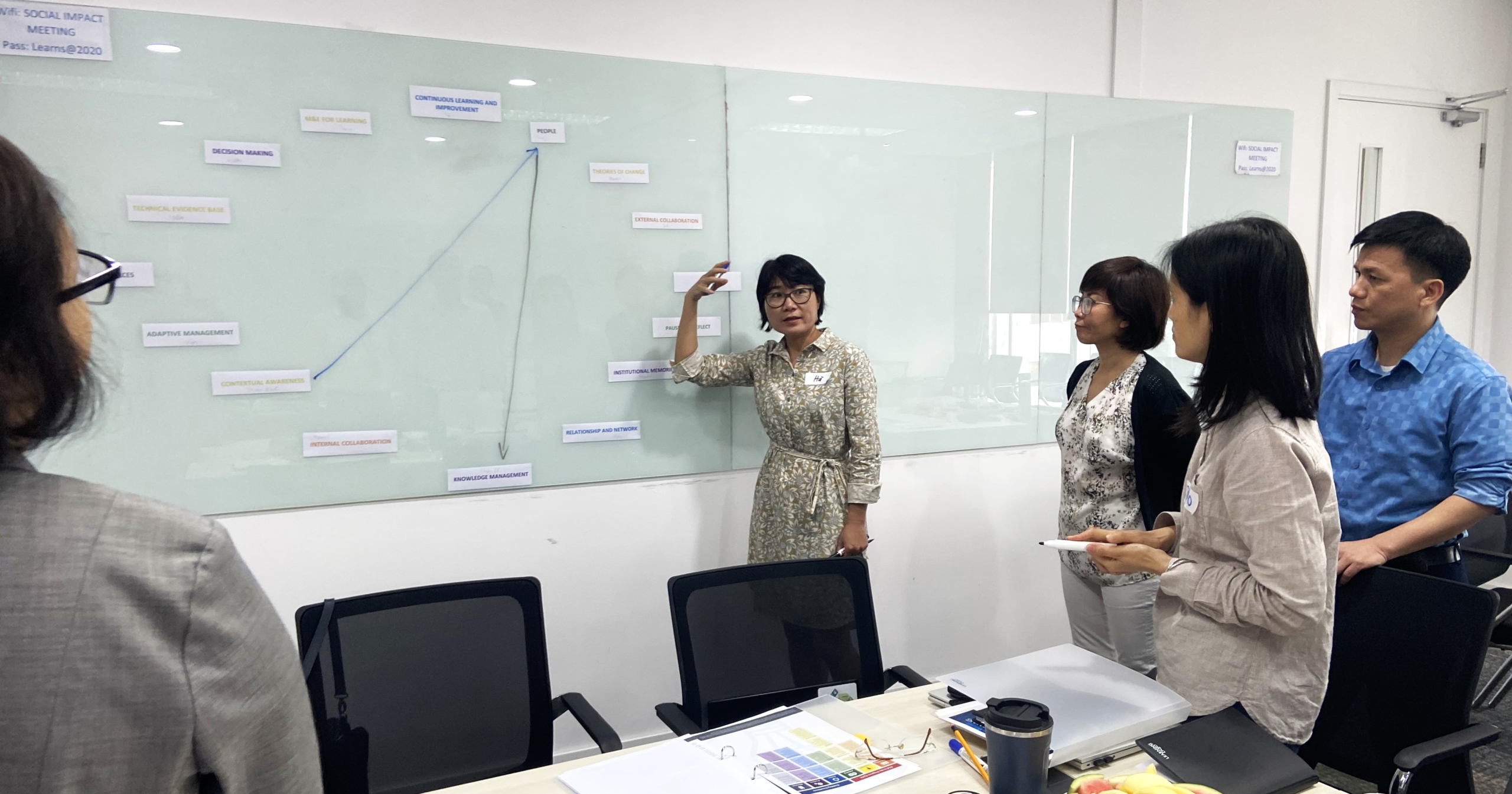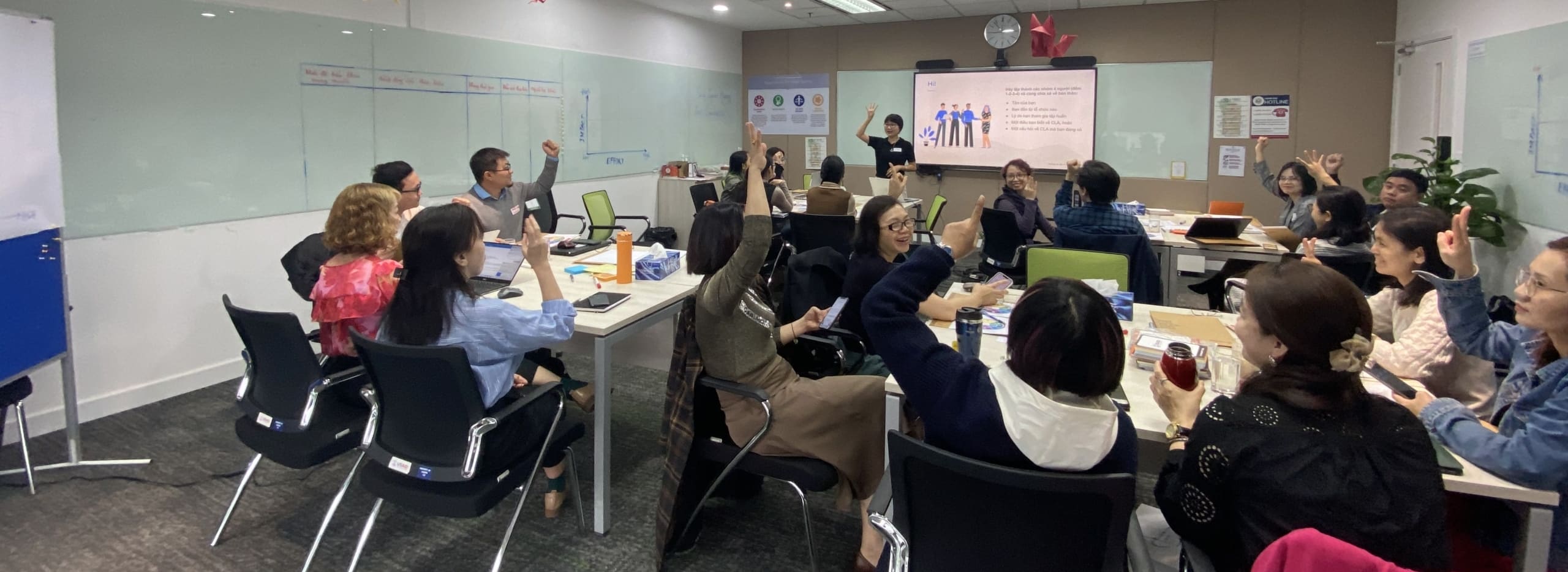This piece was originally published by Devex.
Every year, there is a degree of uncertainty about the United States foreign assistance budget. Funding swings between priority sectors and regions are not uncommon. But this year, the administration’s “skinny budget,” with a nearly 30 percent total cut proposed for the U.S. Agency for International Development and the Department of State and potential organizational restructuring, is quite different.
The immediate push back from Congress and former military leaders calling out the critical importance of funding for diplomacy and development means the uncertainty is likely to continue for some time. Proposed cuts would affect different aid agencies and nongovernmental organizations to varying degrees. With careful planning and adaptive management, however, organizations can continue to advance their mission and objectives despite the uncertainty.
How to respond to uncertainty? Here are four ways.
A natural response might be to wait and see. But aid organizations would do better to act now and plan for the unknown as much as possible. Realistic planning — including scenario planning — can help reduce costs and delays. Using available evidence from monitoring and evaluation can make it easier to prioritize activities and resources. Thoughtful change management can help leaders and teams adjust to new program environments. And clarifying staff roles and business processes can help identify efficiencies and improve performance.









